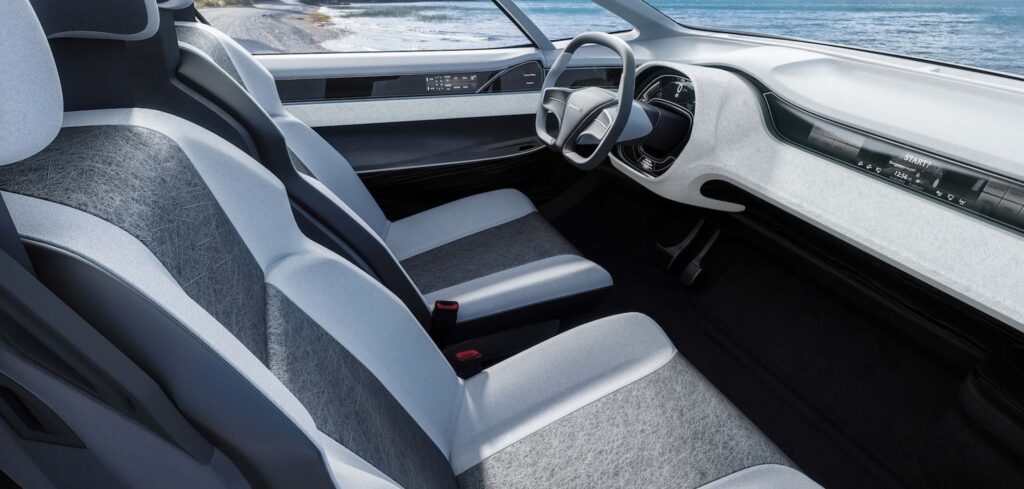Continental has developed a new premium surface material for automotive interiors: Benova Eco Protect. Said to make vehicle interiors more sustainable, durable and comfortable, the material is currently being manufactured in Germany. The company says that further production capacities will be made available at Continental’s US plant in Winchester, Virginia.
“Whether on the instrument panel, door panel, side or center console, seat cover or headrest – wherever Benova Eco Protect is used, it impresses with its particularly soft feel and exceptional value appeal combined with outstanding aging resistance and fastness to light,” said Christian Noell, global head of segment automotive for the surface specialist. “Due to its excellent heat and UV resistance, the material also withstands special environmental influences in the vehicle compartment. This makes it particularly durable.”
Thanks to the choice of suitable base materials and the optimal interaction of the entire construction, Continental claims that the material is resistant even to prolonged heat up to 120°C. It has a thickness of 0.9-4.3mm, using backings of textile, polyurethane foam, sandwich foam or spacer fabric.
“On the road to sustainable vehicle interiors, Benova Eco Protect is an important milestone in product development,” added Gabriele Wittmann, global director of research at Continental. “By consistently avoiding any critical ingredients, plasticizers and solvents, the material is particularly low in emissions and odors and has a low product carbon footprint.” The material meets the requirements of all OEM-specific substance prohibition and declaration lists, of the GADSL (Global Automotive Declarable Substance List) and the EU’s REACH chemicals regulation.
Continental says the material also offers a weight advantage of about 20% compared with traditional surface finishes and is free from materials of animal origin. Furthermore, the resource-conserving, energy-efficient production process makes a positive contribution to the eco balance of the entire vehicle. For example, no solvents are evaporated during the drying process, eliminating the need for aftertreatment of exhaust gases.



